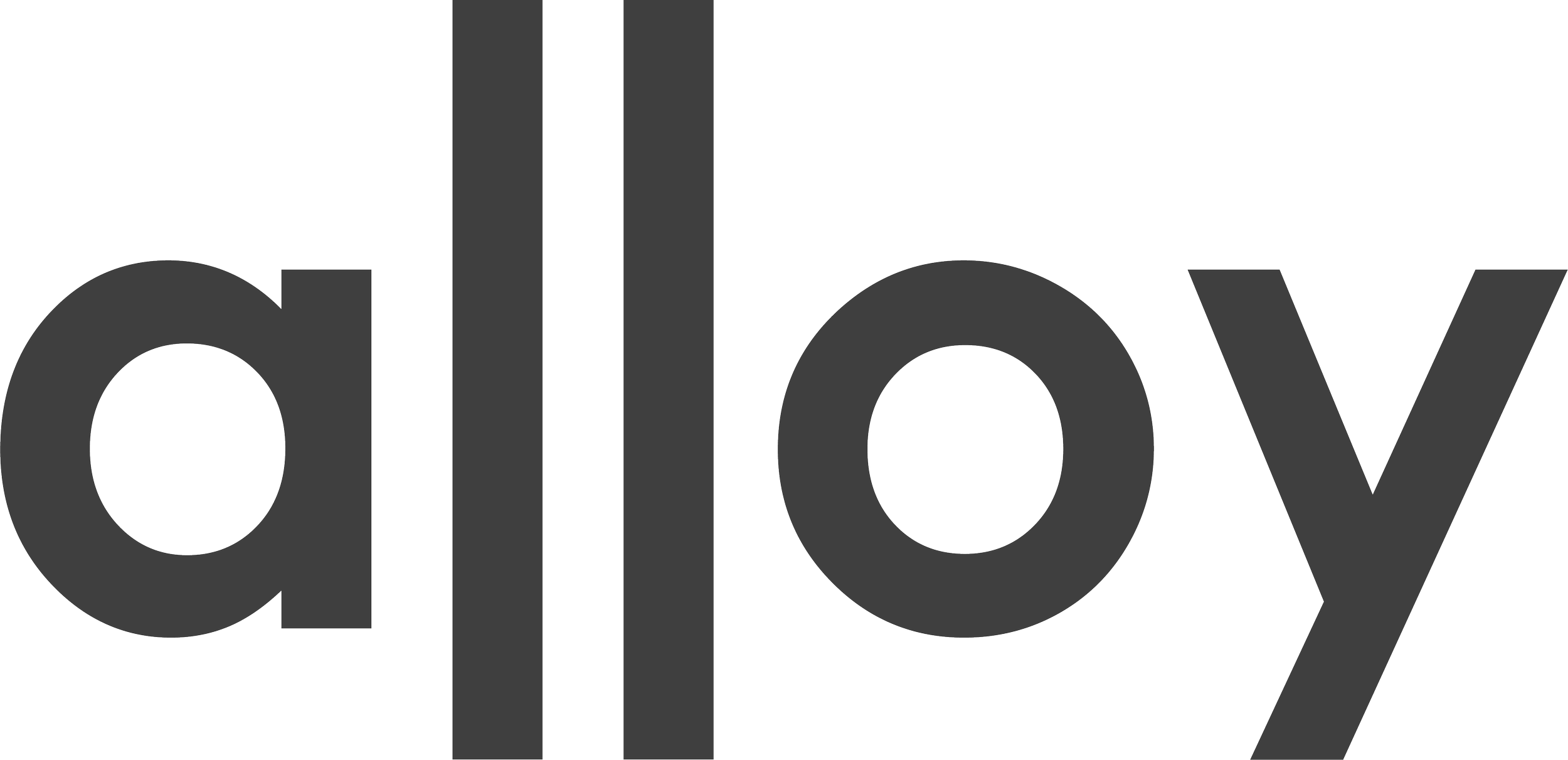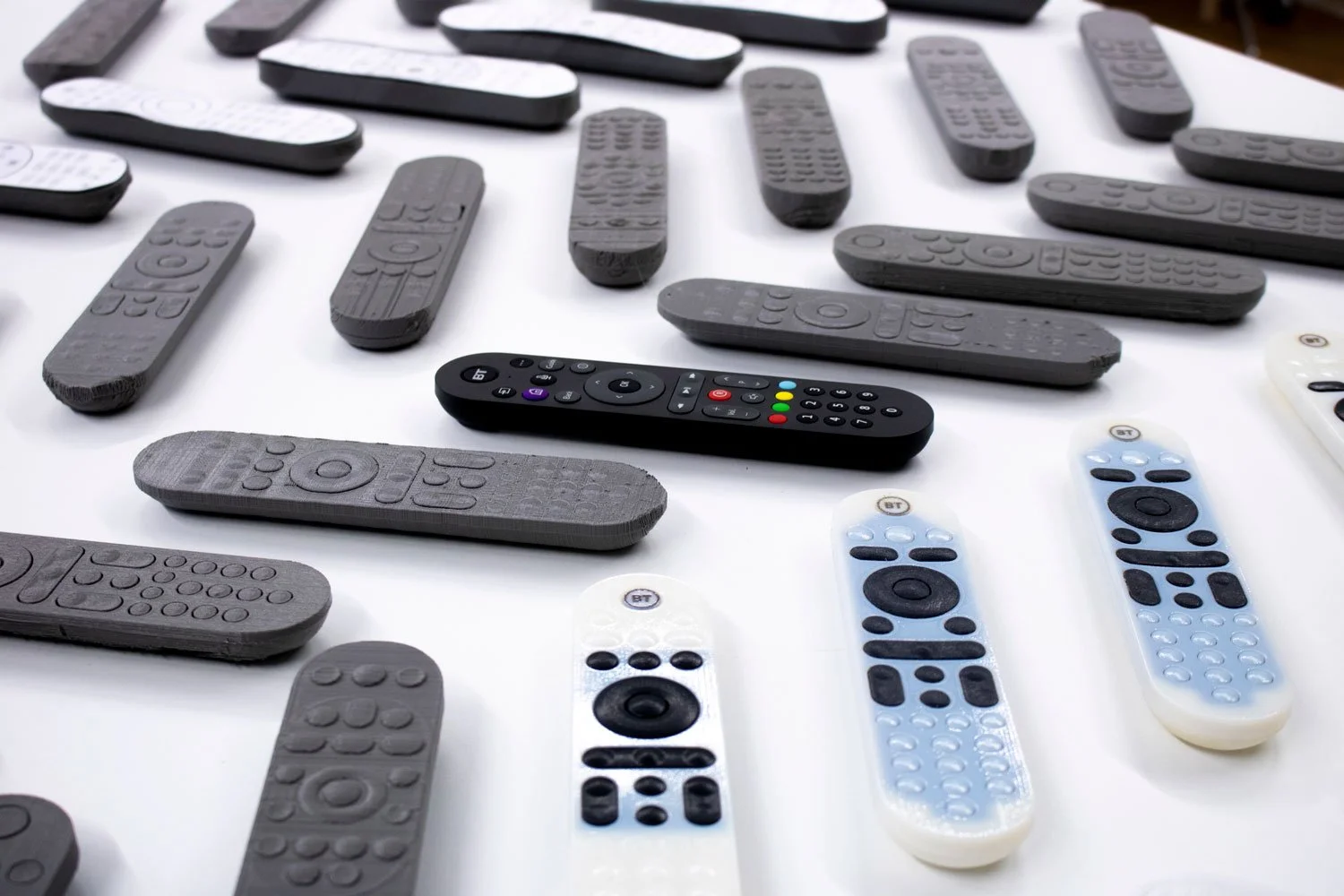How to Get Your Product Made: A Practical Guide
If you’ve got a great product idea but are unsure how to turn it into something real, you’re not alone. Plenty of people have brilliant ideas, but taking those ideas from your head (or a sketch on the back of a napkin) to something you can hold in your hands is a whole different challenge. That’s where I come in, to guide you through the process of making it happen.
Whether you’re thinking about a new consumer gadget, a piece of industrial kit, or something entirely unique, the process of getting it made is much easier when you’ve got a clear plan in place. Let me walk you through the steps that’ll help you go from idea to reality.
1. Start with Research and Brainstorming
The very first step is getting a solid understanding of who your product is for and what it’s supposed to achieve. You need to know your market, your competitors, and—most importantly—your potential customers. When we worked on the EVIE for example, we dug deep into what users actually needed, which helped us design something both practical and innovative.
Ask yourself these questions:
- Who is going to use this?
- What problem does it solve?
- How is it better than what’s already out there?
2. Concept Design: Get It Out of Your Head and On Paper
Once you’ve nailed down the idea, it’s time to start turning it into something you can see. This is where we sketch out ideas and create early 3D models. At Alloy, we make sure the design is not only functional but also looks the part. Take the BT Home Hub for instance. We designed it to blend seamlessly into people’s homes while still being incredibly easy to use.
In this stage, we:
- Draw up initial concepts.
- Create 3D models.
- Start testing with prototypes, even if they’re just basic versions.
3. Prototyping: Bringing Your Idea to Life
Prototyping is where things start to get exciting. This is when your idea first comes to life in a physical form. We’ve worked on projects like the BT STB, where we tested prototypes to make sure everything worked perfectly. A prototype helps you see what works and what doesn’t, giving you a chance to tweak the design before committing to manufacturing.
Prototyping helps you:
- Test usability and ergonomics.
- Make sure the design can actually be manufactured.
- Get feedback from potential users.
4. Manufacturing: Preparing for Production
When you’re happy with the design and the prototype, it’s time to think about how you’ll get the product made. This is where we at Alloy focus on designing for manufacturing. It’s all about making sure your product can be produced efficiently, without blowing the budget. We’ve done this with projects like Skuma, where precision and functionality were key to success.
In this phase, we’ll:
- Work closely with manufacturers to ensure the design is feasible.
- Finalise the materials and methods for production.
- Tweak the design if needed to make sure it can be built at scale.
5. Choosing the Right Manufacturer
Not all manufacturers are created equal. You’ve got to find someone who understands your product, has the right skills and equipment, and can deliver on time. Do you need someone local who can handle low-volume production? Or are you looking for a manufacturer that can scale up quickly? We can help you find the right fit.
For more insights into choosing a manufacturer, check out our guide.
6. Testing and Quality Control
Before your product heads into full production, you need to make sure it’s up to scratch. This is where testing and quality control come in. We’ll help you test everything from durability to functionality, making sure your product meets industry standards. Think about something like the Arlo Baby Monitor, where we worked to refine the design and make sure it was both durable and easy to use.
Typical testing includes:
- Stress tests to see how your product holds up under pressure.
- Functional tests to make sure all parts work as they should.
- Ensuring compliance with regulations.
7. Launch and Beyond
Once your product is made, it’s time to launch! But don’t think the journey stops here. After launch, you’ll want to gather feedback and see how customers are using the product. There’s always room for improvement, and future versions may need to adapt to changes in technology or market demand.
At Alloy, we’ve helped companies refine their products even after launch, ensuring they stay competitive and continue to meet customer needs.
So, there you have it. From idea to finished product, it’s a process that takes time, effort, and collaboration. But with the right plan—and the right team behind you—you can bring your vision to life. If you’re ready to take the next step, we’d love to help. Get in touch with us at Alloy, and let’s make your product a reality!








